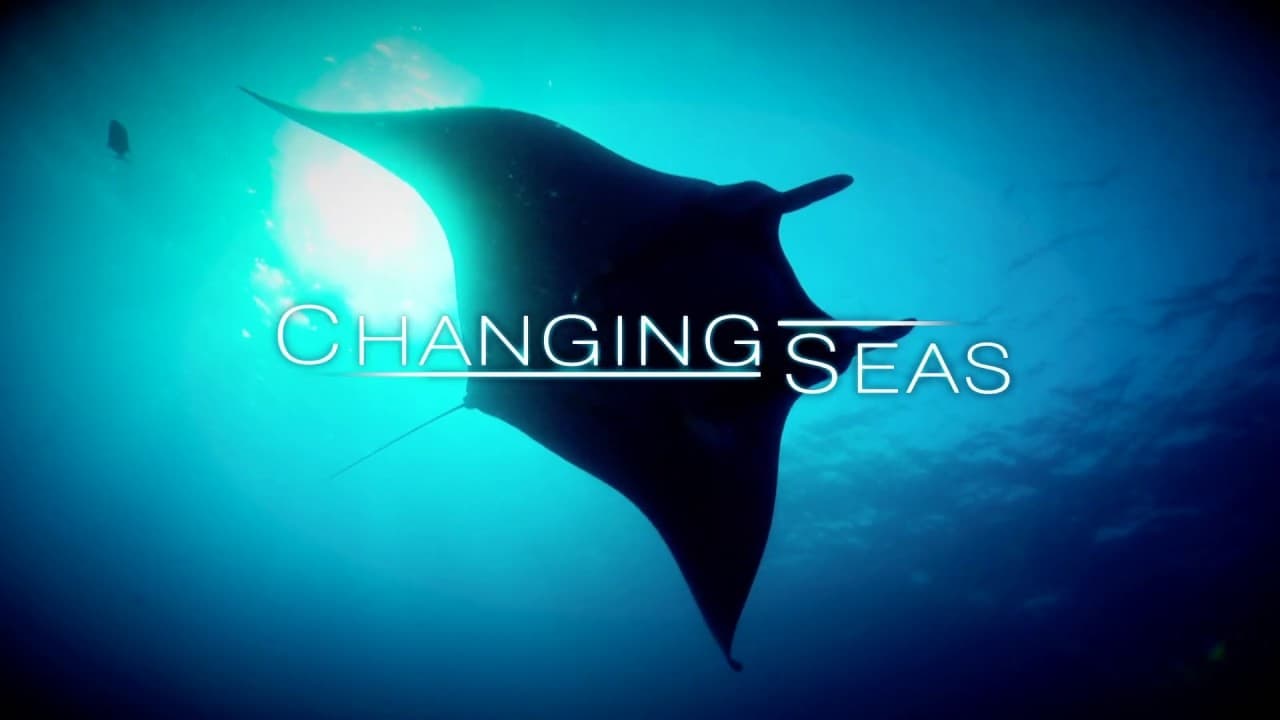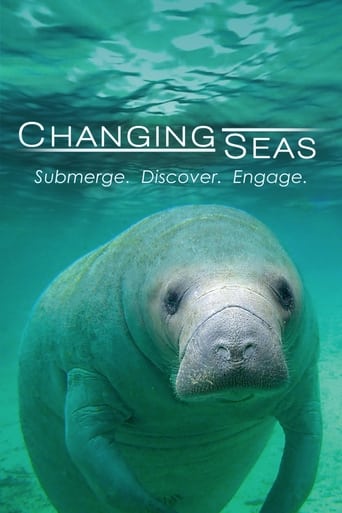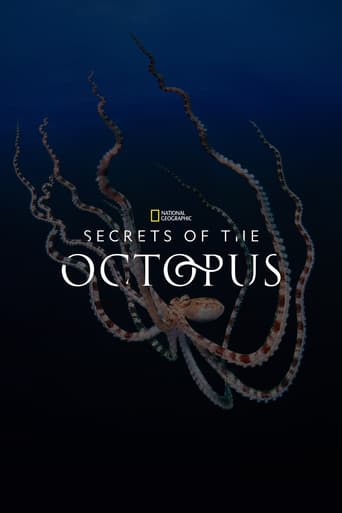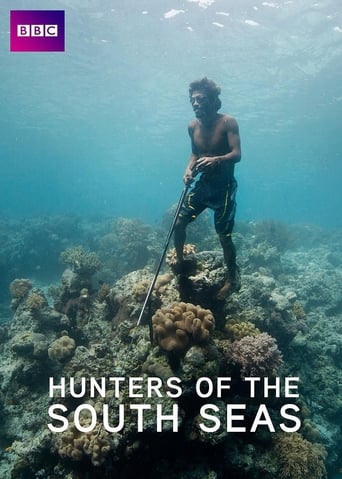Changing Seas Season 8

Produced by South Florida PBS in Miami, Florida, Changing Seas gives viewers a fish-eye view of life in the deep blue. Join scientists as they study earth’s last frontier and discover the mysteries of our liquid planet.
Watch NowWith 30 Day Free Trial!
Changing Seas
2009 / TV-G
Produced by South Florida PBS in Miami, Florida, Changing Seas gives viewers a fish-eye view of life in the deep blue. Join scientists as they study earth’s last frontier and discover the mysteries of our liquid planet.
Watch Trailer
With 30 Day Free Trial!
Changing Seas Season 8 Full Episode Guide
The Blue Heron Bridge in Riviera Beach, Florida, is known as one of the best shore dives in the United States. What appears as an unlikely dive site at first is home to a rich variety of marine life, ranging from tiny nudibranchs to manta rays. Underwater photographers are documenting what lives beneath the bridge, and a scientist is studying how two species of octopus co-exist there.
In the remote Pacific, the islands of Maug rise out of the sea. Formed by an ancient volcano, shallow hydrothermal vents are found close to coral reefs inside the submerged caldera. These vents emit levels of CO2 that can be expected in the world’s oceans by the end of the century, making these waters a natural laboratory for scientists studying the impacts of ocean acidification on coral reefs. Co-produced with Open Boat Films.
Every winter, hundreds of manatees aggregate at Crystal River, Florida, attracted by the warmer, spring-fed clear waters. This sanctuary is also a treasure for scientists, who take advantage of these manatee gatherings to study them. From decades of visual ID studies to the most cutting-edge DNA research, experts hope that science will help conserve this beloved marine mammal.
Until recently there was scientific consensus that sponges were the first animals to branch off the “Animal Tree of Life,” a kind of family tree for all living and extinct animals on earth. But recent DNA research has cast doubt on that theory, with some scientists suggesting that ctenophores, also known as comb jellies, are an older lineage.
Free Trial Channels
Seasons




































